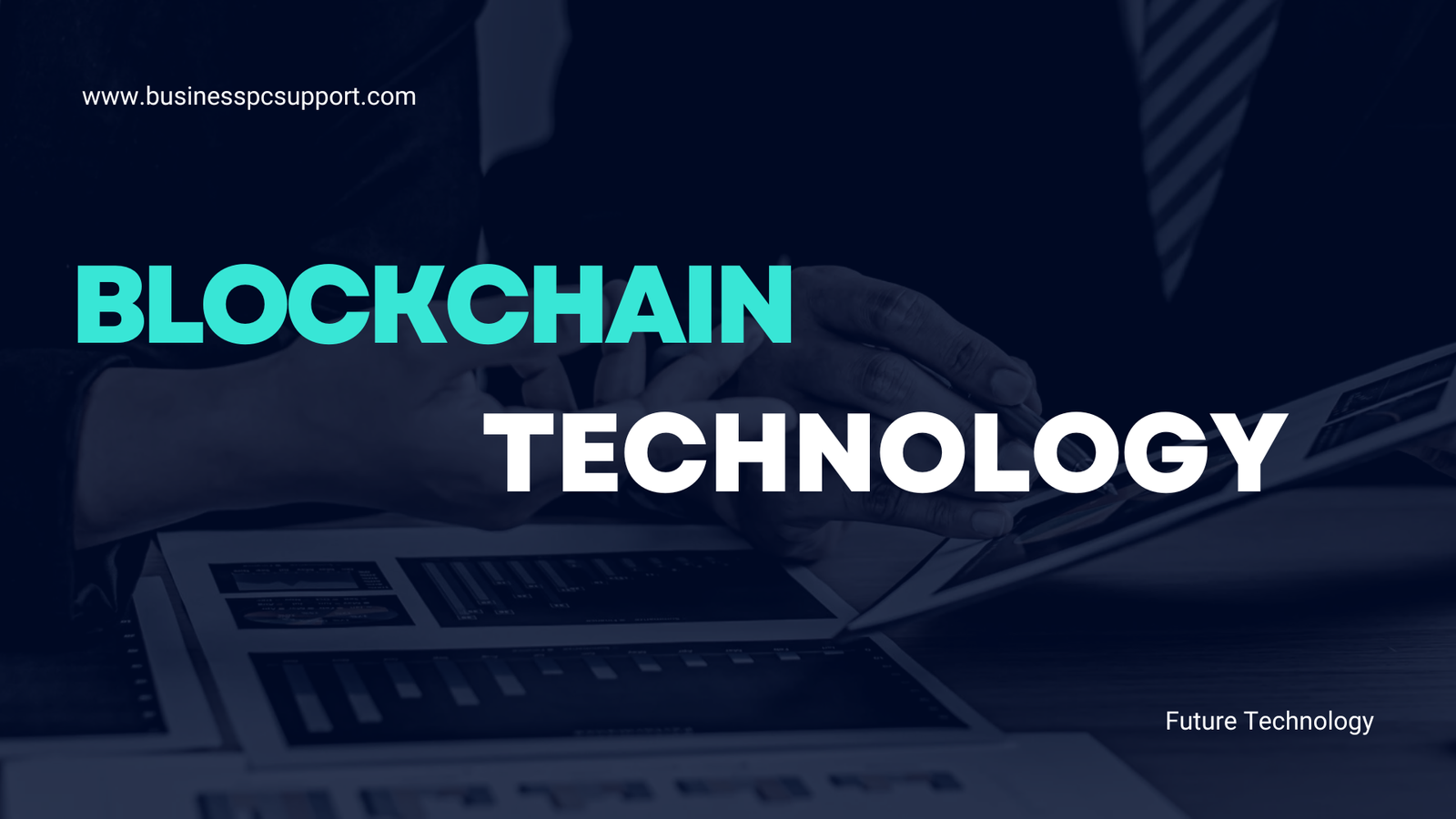Frontend vs Backend: What’s the Difference and Why It Matters
When you visit a website or use an app, you’re interacting with a combination of technologies working together behind the scenes. Two key parts of any digital platform are the frontend and the backend—but what exactly do these terms mean when comparing frontend vs backend?
Table of contents
What is the Frontend?
The frontend is everything you see and interact with on a website or app. It’s the visual part—the layout, colors, buttons, images, animations, and more.
Think of it like:
💻 The frontend is the “face” of a website, built to create a great user experience.
Technologies used in the frontend:
- HTML (Hypertext Markup Language): Structures the content
- CSS (Cascading Style Sheets): Styles the appearance
- JavaScript: Adds interactivity
- Frontend Frameworks/Libraries: React, Vue, Angular, Bootstrap, etc.
Examples of frontend features:
- Navigation menus
- Image sliders
- Form inputs
- Responsive design (how websites look good on mobile)
What is the Backend?
The backend is what makes the website work. It’s the behind-the-scenes engine that handles logic, databases, user authentication, and server-side operations. Understanding frontend vs backend roles helps in recognizing how a website functions comprehensively.
Think of it like:
🧠 The backend is the “brain” of the website—it makes decisions and manages data.
Technologies used in the backend:
- Programming languages: Python, PHP, Java, Ruby, C#, etc.
- Frameworks: Node.js, Django, Laravel, Spring Boot
- Databases: MySQL, PostgreSQL, MongoDB
- Servers: Apache, Nginx
Examples of backend tasks:
- Logging in users
- Storing customer data
- Processing payments
- Fetching and saving data
How Frontend and Backend Work Together
Imagine ordering food at a restaurant:
- The frontend is the menu and the waiter—you see it, touch it, and place your order.
- The backend is the kitchen—it prepares the food and delivers it to you.
They constantly communicate through something called APIs (Application Programming Interfaces). When you click a button on a website, it often sends a request to the backend, which processes it and sends data back to the frontend. Knowing the frontend vs backend difference enhances this understanding.
Why Should You Care?
Whether you’re a business owner, student, or aspiring developer:
- Business owners should understand the difference when hiring developers.
- Designers work closely with frontend developers to bring UI/UX to life.
- Aspiring developers need to choose which path suits their interests—or go full-stack!
Frontend vs Backend: Quick Comparison
| Feature | Frontend | Backend |
|---|---|---|
| Focus | User interface & experience | Server, database, application logic |
| Languages | HTML, CSS, JavaScript | PHP, Python, Java, Ruby, Node.js |
| Tools | React, Angular, Vue | Express, Laravel, Django |
| Visible to users | Yes | No |
| Runs on | Browser | Server |
Final Thoughts
Both frontend and backend are essential to web and app development. One creates the beautiful interface users love, while the other handles all the heavy lifting behind the scenes.
If you’re thinking about learning to code or building a website, knowing the roles of frontend and backend will help you better understand how the digital world works—and which part of it you want to be a part of. In your journey, knowing how to compare frontend vs backend roles could be quite beneficial.




Comments are closed